Docosahexaenoic acid (DHA) and eicosapentaenoic acid (EPA) potently and immediately inhibit prostanoid-induced gastric fundus contraction
DHA and EPA are expected to improve gastric dyskinesia induced by overproduced prostanoids

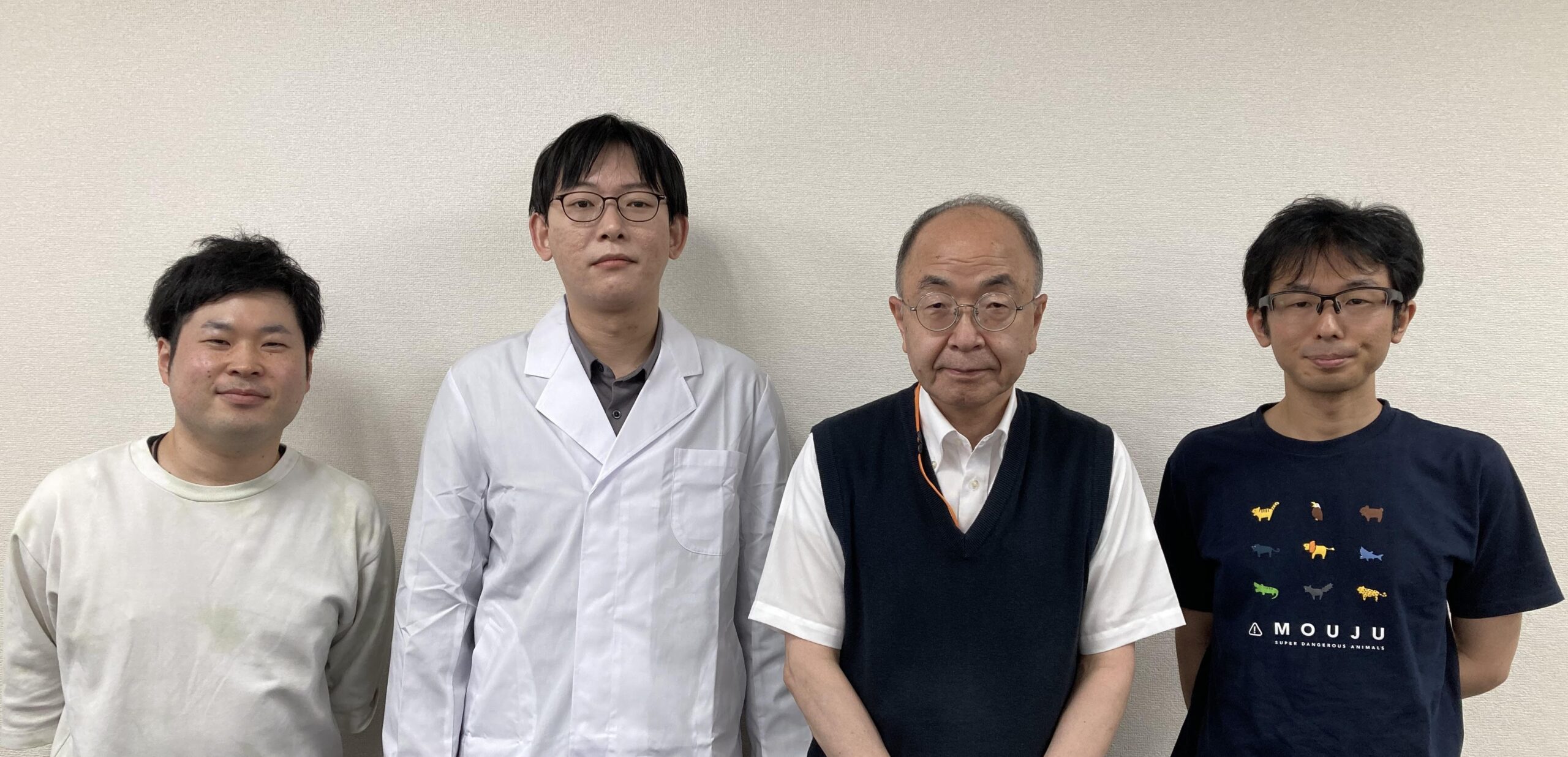
A research group led by Professor Yoshio Tanaka of the Department of Chemical Pharmacology, Faculty of Pharmaceutical Sciences, Toho University, found that docosahexaenoic acid (DHA) and eicosapentaenoic acid (EPA) strongly and immediately inhibit prostanoid (*1)-induced contractile responses of gastric fundus smooth muscle. The research also suggested that the inhibitory effects of DHA and EPA involve prostanoid TP receptor (*2) antagonism and voltage-dependent Ca2+ channel (VDCC) inhibition. The results of this research were published in Pharmacology Research & Perspectives on April 24th, 2022.
- DHA and EPA which are abundant in fish have been shown to be effective in preventing various cardiovascular diseases and non-cardiovascular diseases. However, their immediate effects on gastric motility have not been investigated.
- In the present study, DHA and EPA were found to potently and immediately inhibit the prostanoid-induced contractile responses of gastric fundus smooth muscle. The mechanisms underlying these inhibitory effects were suggested to involve prostanoid TP receptor antagonism and VDCC inhibition.
- These results indicate that DHA and EPA improve gastric dyskinesia induced by overproduced prostanoids.
Summery
DHA and EPA are n-3 polyunsaturated fatty acids abundantly found in fish oil. They have beneficial effects in several diseases, including cardiovascular diseases and dyslipidemia.
Although the mechanisms underlying these effects are not fully understood, the suppression of prostanoid production resulting from long-term intake of DHA and EPA may play an important role for their beneficial effects.
In gastric fundus smooth muscle, various prostanoids are reported to affect its motility, suggesting that prostanoid overproduction can cause gastric dyskinesia. The long-term intake of DHA- and EPA-containing fish oil is reported to reduce prostanoid production in the gastric fundus and thus is expected to improve gastric dyskinesia induced by overproduced prostanoids.
However, the immediate effects of DHA and EPA on the prostanoid-induced contractile responses of gastric fundus smooth muscle have not yet been examined. A research group led by Professor Yoshio Tanaka investigated the ability of DHA and EPA to inhibit guinea pig gastric fundus smooth muscle contractions induced by various prostanoids. In addition, to identify potential mechanisms involved in the inhibitory effects of these fatty acids, the prostanoid receptor subtypes and putative Ca2+ signaling pathways responsible for the contractions induced by various prostanoids were investigated pharmacologically.
They found that DHA and EPA potently and immediately inhibited gastric fundus contractile responses induced by all investigated prostanoids. In addition, the inhibitory effects of DHA and EPA were suggested to involve TP receptor antagonism and VDCC inhibition. These results indicate that DHA and EPA improve gastric dyskinesia induced by overproduced prostanoids.
*1 prostanoids
Active lipid mediators consisting of prostaglandins (PGs) and thromboxanes (TXs). Specifically, prostanoids include PGA2, PGD2, PGE2, PGF2α, PGI2, and TXA2. These are involved in the regulation of the physiological functions of the digestive tract as well as in the pathophysiology of inflammation, pain, fever, and platelet aggregation.
*2 prostanoid TP receptor
Prostanoid receptor with high affinity for TXA2. Activation of prostanoid TP receptor causes various smooth muscle contractions and platelet aggregation.
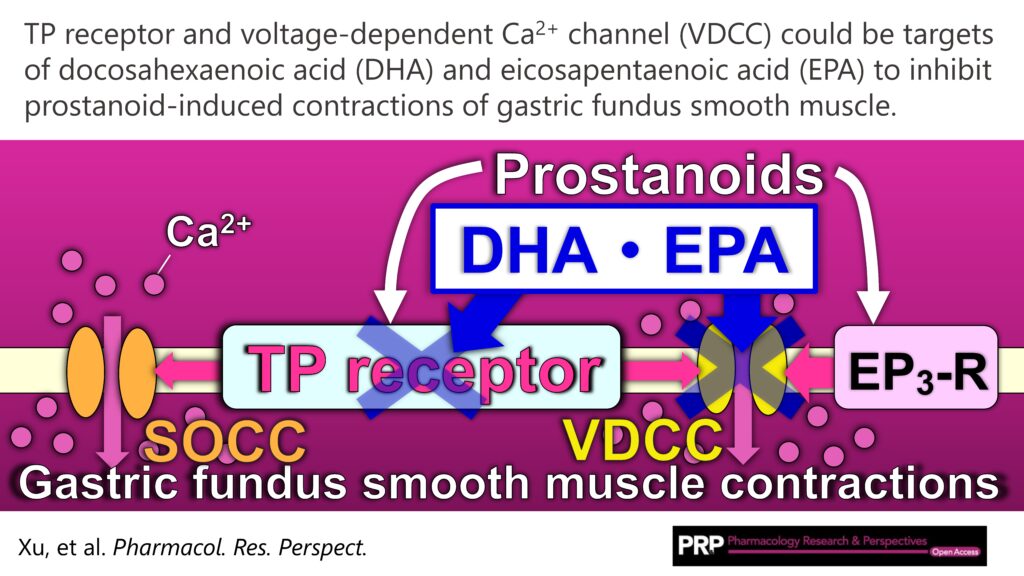
A Graphical Abstract of This Study
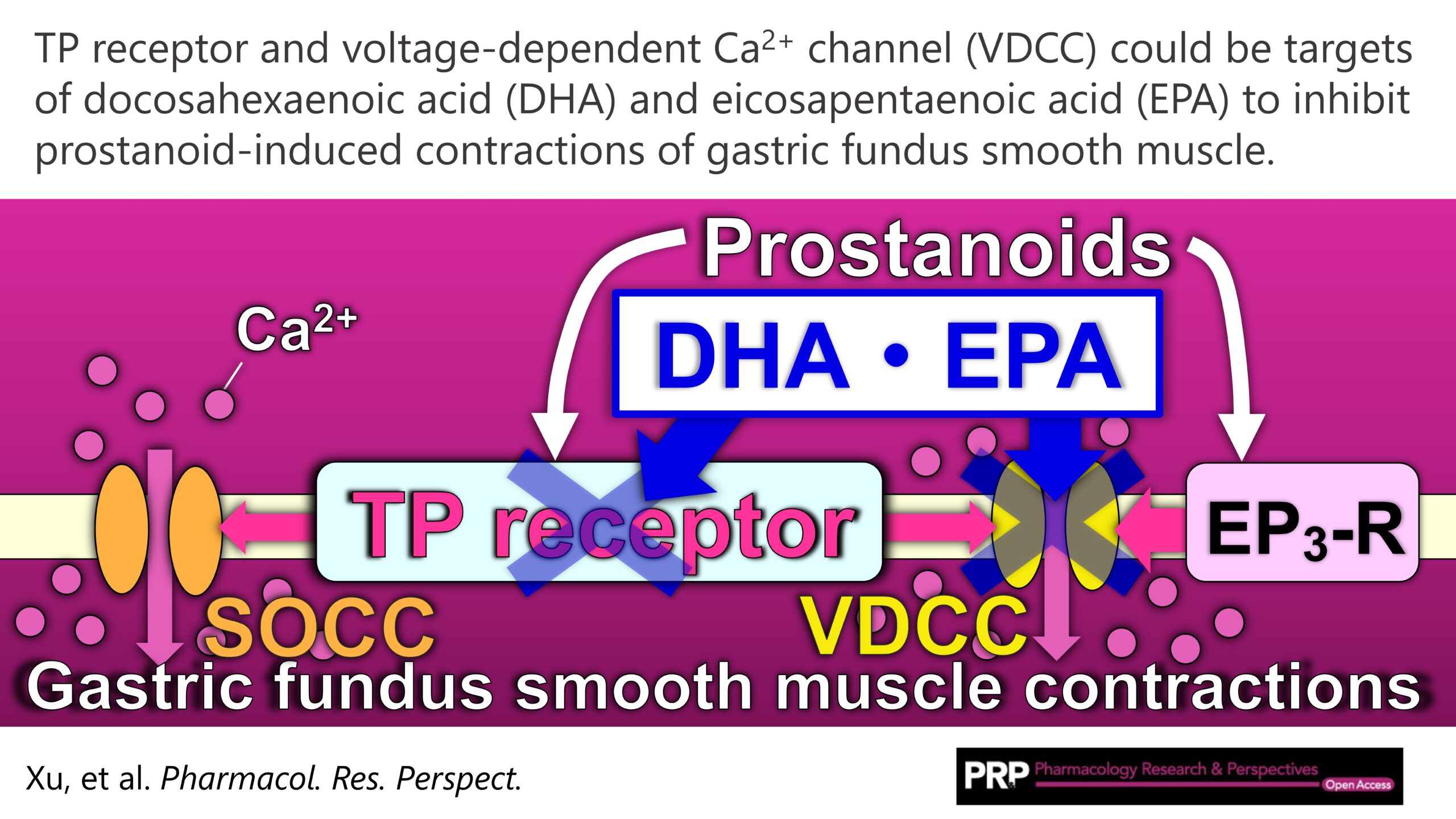
A Graphical Abstract of This Study
Title: Docosahexaenoic acid and eicosapentaenoic acid strongly inhibit prostanoid TP receptor-dependent contractions in guinea pig gastric fundus smooth muscle
Authors: Keyue Xu, Miyuki Shimizu, Chika Murai, Miki Fujisawa, Daichi Ito, Noboru Saitoh, Yutaka Nakagome, Mio Yamashita, Azusa Murata, Shunya Oikawa, Guanghan Ou, Kento Yoshioka, Keisuke Obara, Yoshio Tanaka
DOI No.: 10.1002/prp2.952
READ MORE RESEARCH NEWS - Pharmaceutical Sciences
Undergraduate Programs
– Medicine
– Pharmaceutical Sciences
– Science
– Nursing
– Health Science
Graduate Programs
–Medicine
–Pharmaceutical Sciences
–Science
–Nursing
RESEARCH
– News
– Guidelines & Policies
– Support Offices
– Facilities
– Security Export Control
Non-Degree Programs
– Clinical Elective Program
– International Physician Observership Program

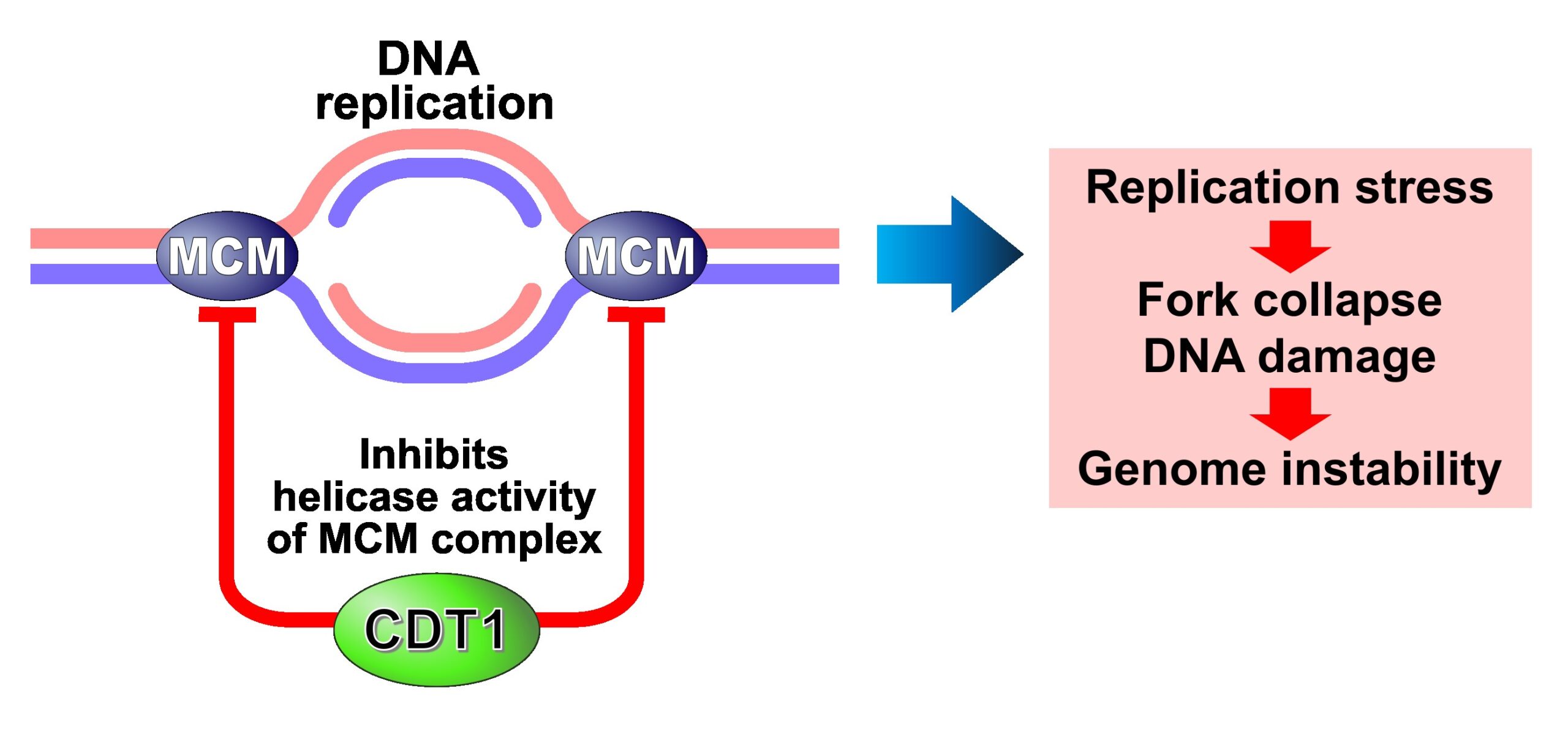
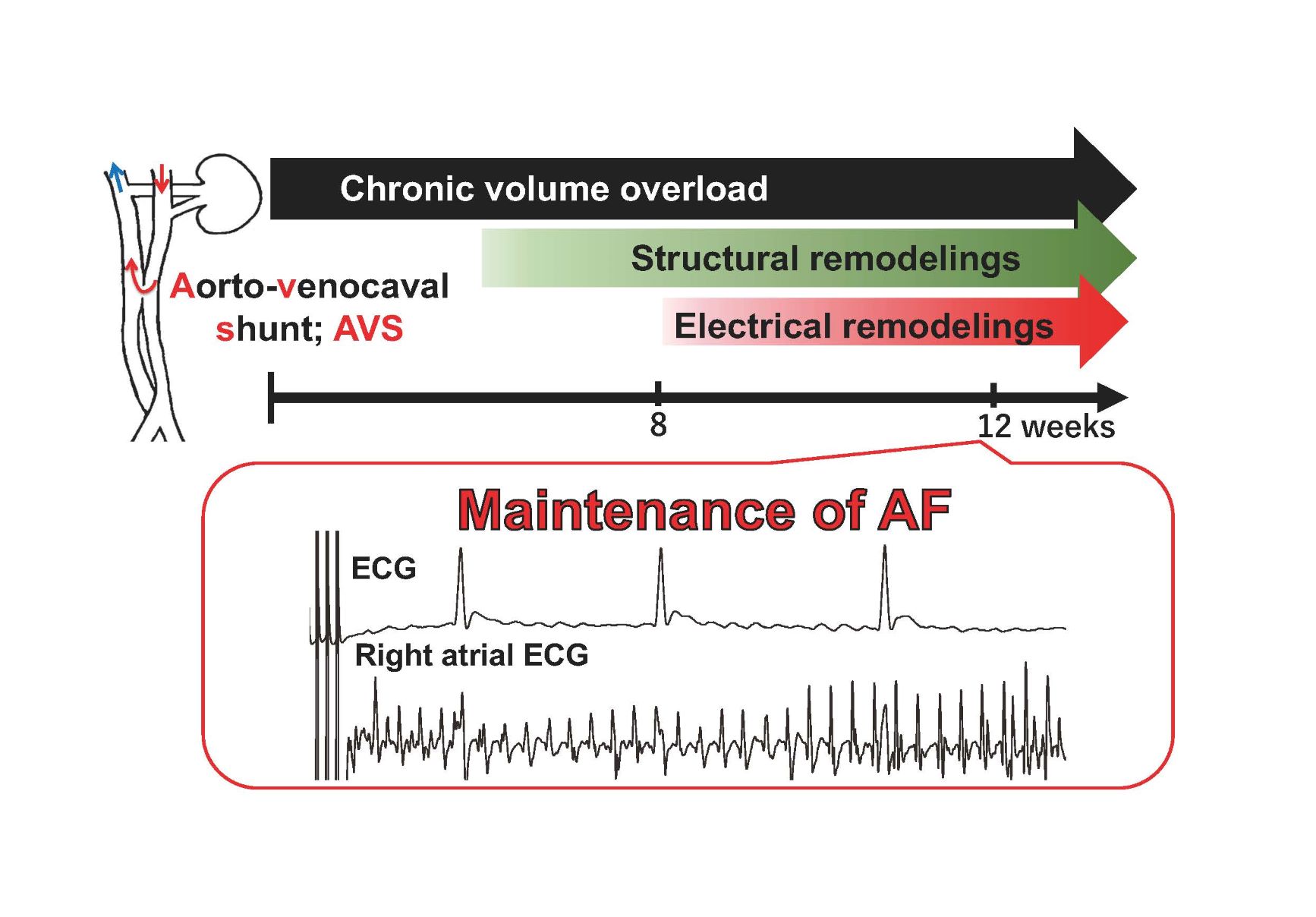
.jpg)
